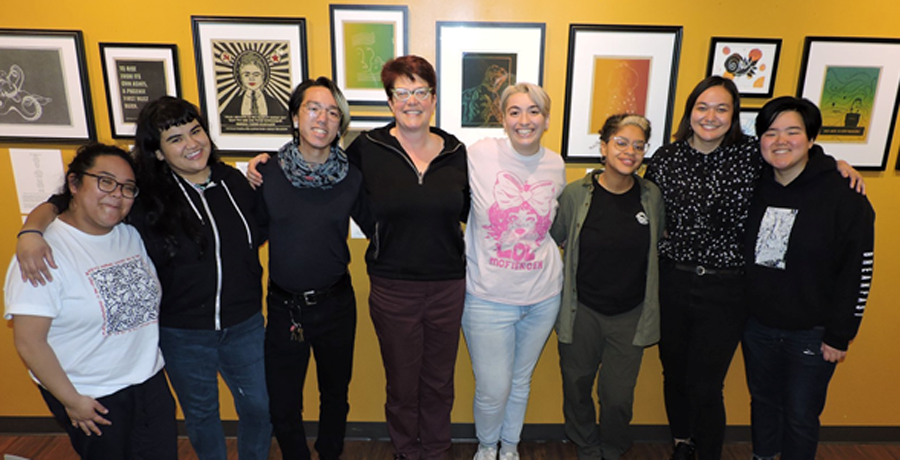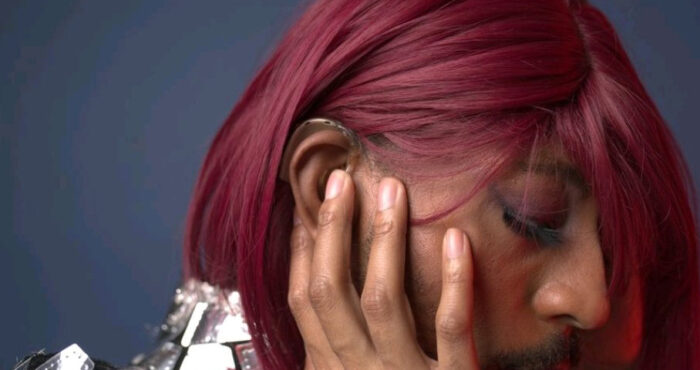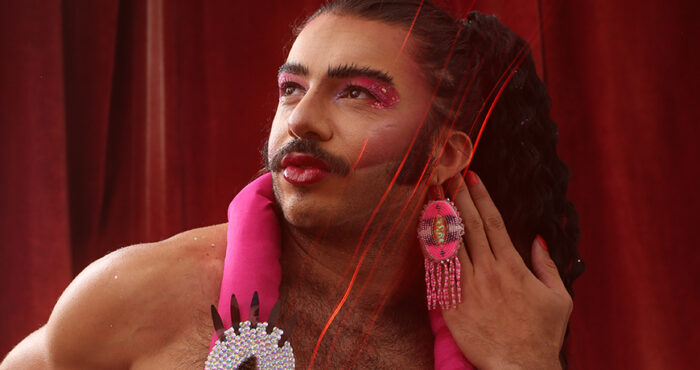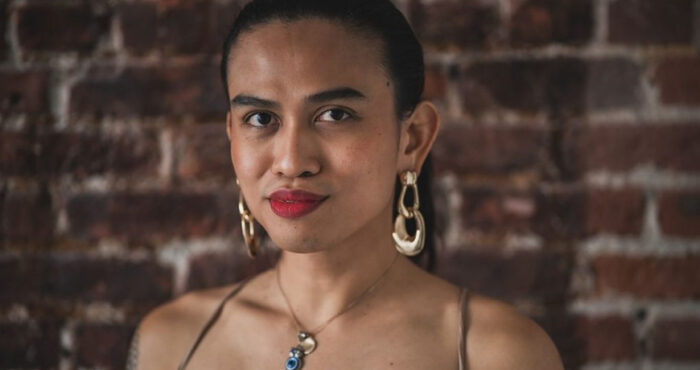Young artists explore queer history and ancestry through printmaking

Editor’s note, 3/25/20: Due to the Shelter In Place order, Strut is currently closed. We hope to re-open with the Queer Ancestors Project art on display when the order is lifted.
For 18 weeks, members of the Queer Ancestors Project dove deep to explore the lives, writings and written records of queer and trans people throughout history. With Katie Gilmartin, teaching artist for Queer Ancestors Project, they learned printmaking during workshops and incorporated their chosen ancestors into works of art—now on display on the third floor of Strut. This is the third year that the Queer Ancestors Project has displayed art at Strut.
Gilmartin said the goal of Queer Ancestors is to forge sturdy connections between queer and trans people and our ancestors, build community among young queer and trans people in San Francisco, and connect queer and trans people from different generations to each other.
“Growing up, most of us don’t get opportunities to connect with queer and trans ancestors in the way we might with our other ancestors,” said Gilmartin. “Our history is not taught in most schools, and many of our ancestors had good reason not to leave accounts of their history behind. And, many didn’t leave a record behind because of how power and privilege work.
From my own experience, when I came out to my family, I felt like I was bringing something alien and foreign into my family. To know that queer and trans people have existed across time, in all cultures—and that there are cultures that have celebrated us, made space for us, and welcomed us would have been really helpful.”
Striff, a member of Queer Ancestors Project, said they were inspired to apply after attending the previous year’s art exhibit and because of their interest in queer history and printmaking. One of their prints, now on display at Strut, explored the signifiers used by queer women.
“When researching the history of cruising or queer signaling, I often only heard or read about cis gay men,” said Striff. “I was curious about what that looked like for other queer communities.”
Their research led to the film “The Whistle,” by StormMiguel Florez which was included in the 2019 San Francisco Transgender Film Festival. The film followed the thriving dyke community in Albuquerque, New Mexico in the 1970s and 1980s, showing women in the community using a distinctive whistle to signal to each other that they were gay. The print Striff created, “The Whistle,” is inspired by this community and history.
“We’re not often told or taught about queer history,” said Striff. “In a lot of ways my queerness has always felt connected to feelings of invalidation, a lot due to lack of representation. When I do find things and people that I feel connected to, it makes me feel closer to overcoming those feelings. It also brings a higher understanding that queerness is different for every single person, helping me feel more affirmed and comfortable in my body and journey.”
Sen Lu, another Queer Ancestors Project member, said they were drawn to stories of queer Asian ancestry. “I didn’t have any models of queer Asian activism to look towards, especially historical queer Asian activism,” they said. “Through my research, I was able to learn about Phoenix Rising, which was one of the first Asian American and Pacific Islander lesbian newsletters in the Bay Area, established in 1984. I actually was able to meet one of the founders, Gisele Pohan, give her one of my prints, and hear more about her experiences.”
“Our instructor was able to build such a welcoming and beautiful space for us to grow and develop as artists,” said Lu. “The way she encouraged vulnerability while enabling us to rise to our potential was incredible.”
“Queer and trans history has been so important to me in my own work,” said Gilmartin. “It’s grounded me. It’s inspired me. It’s moved me. It’s given me a reason and a purpose to create in this world. And so it’s really satisfying for me to see Queer Ancestors Project members get that spark, and to understand.”









